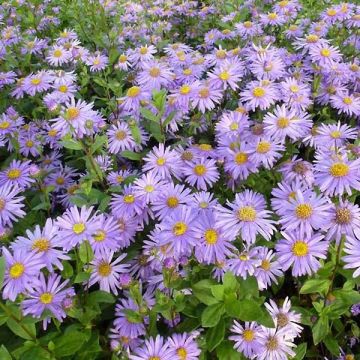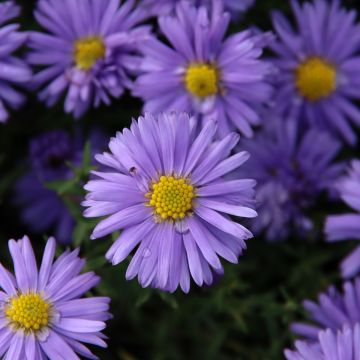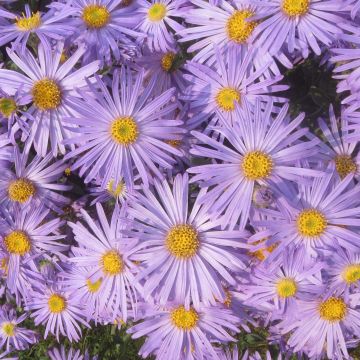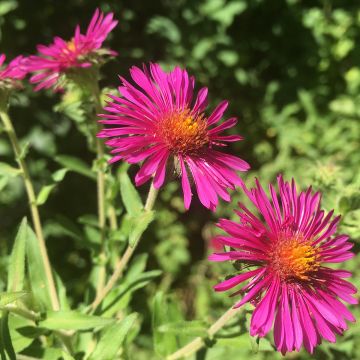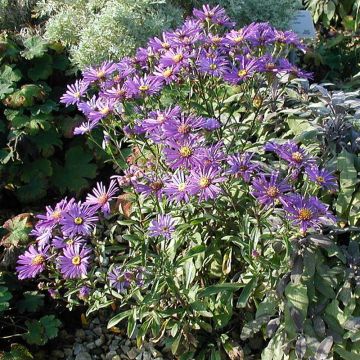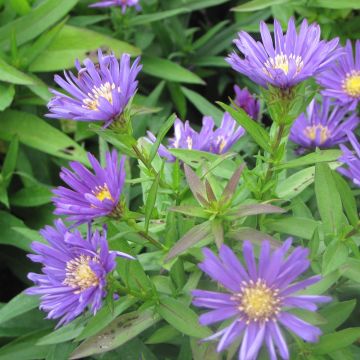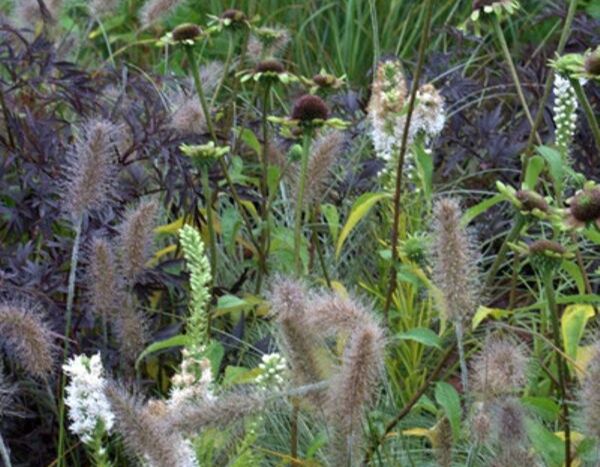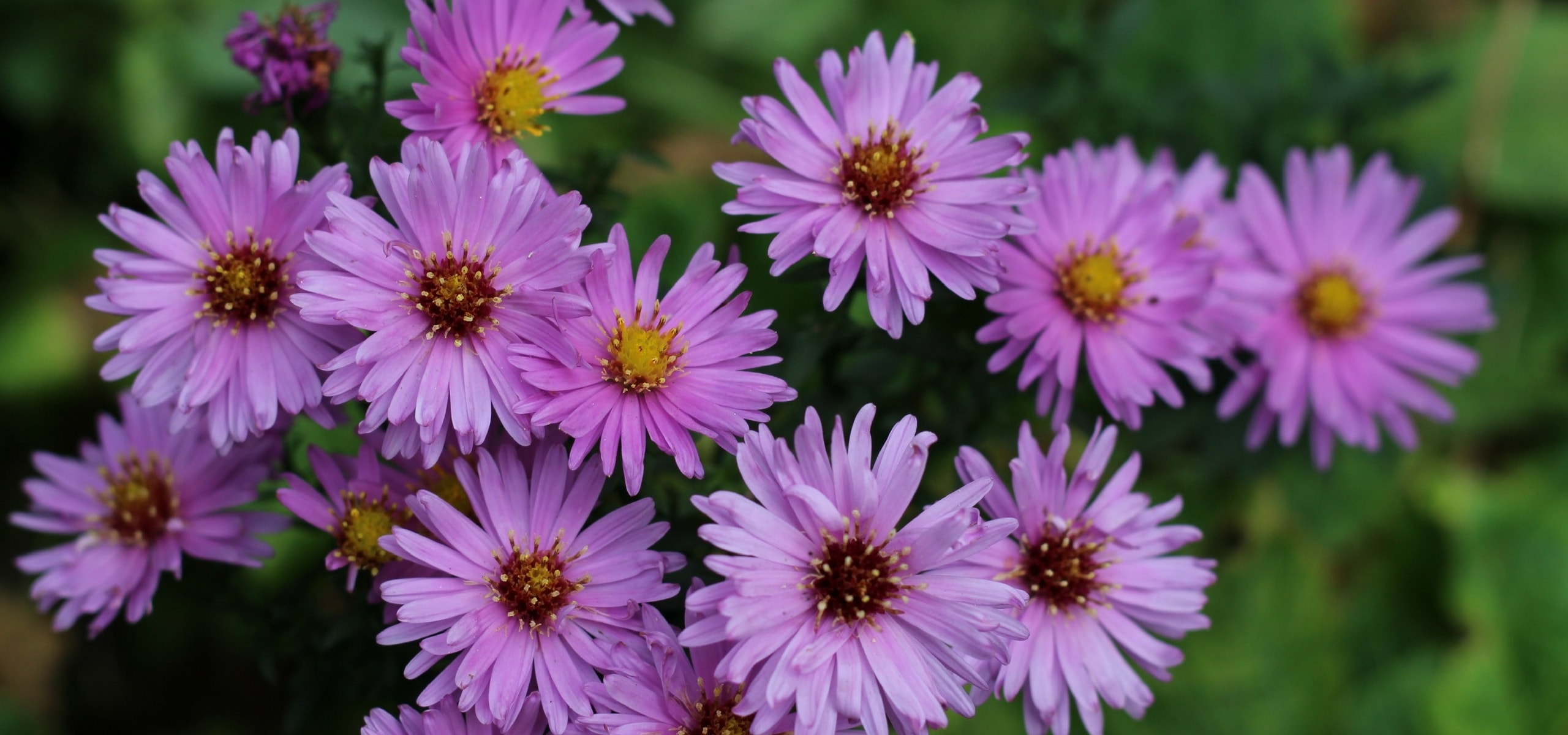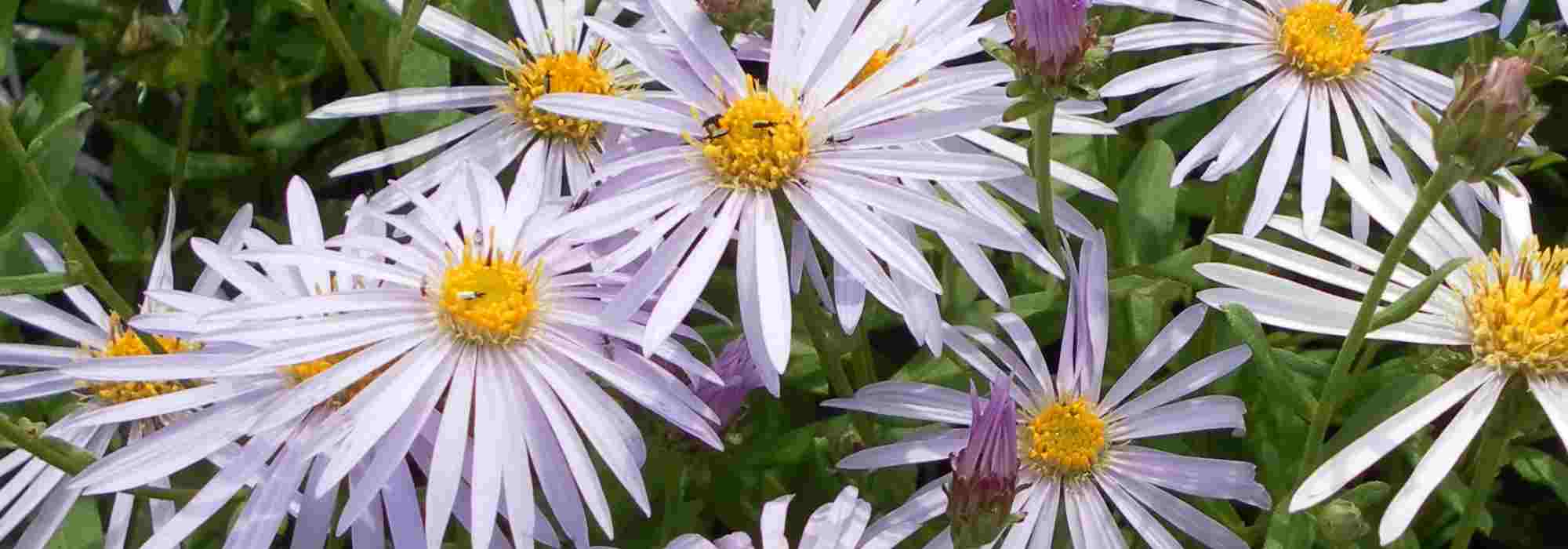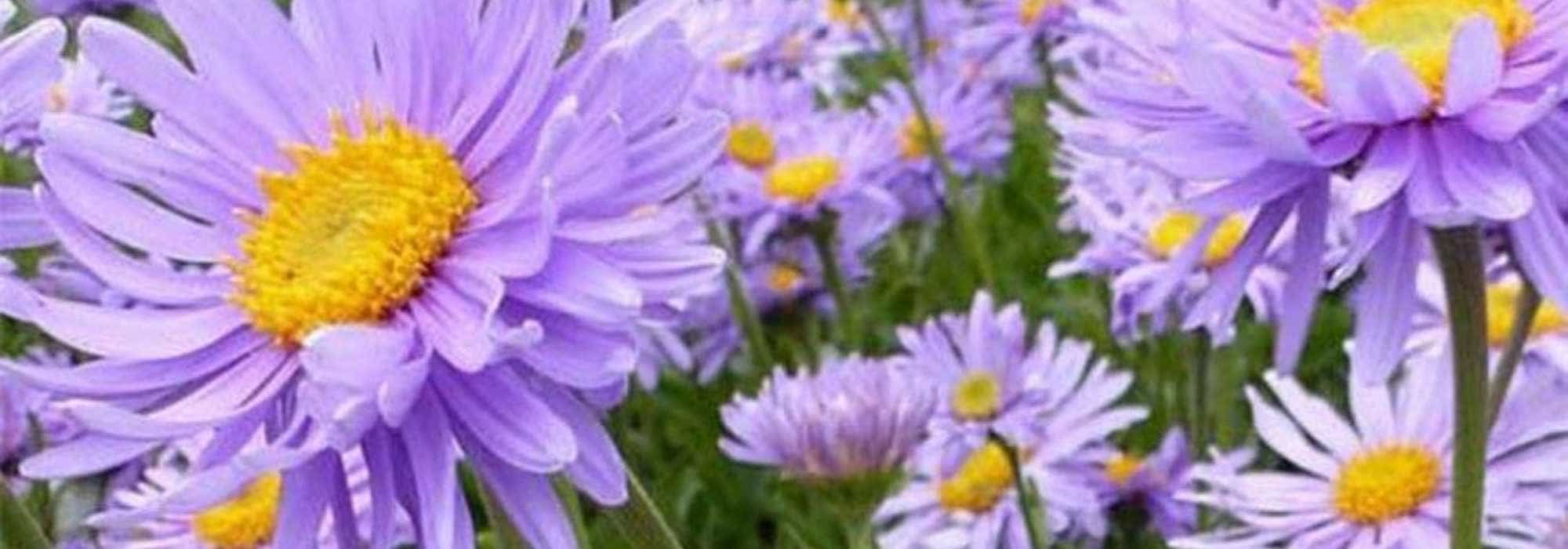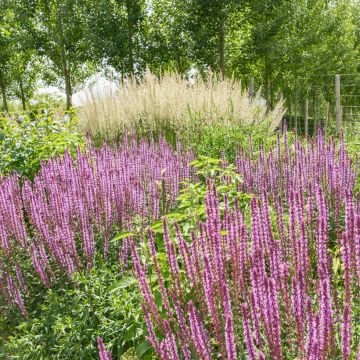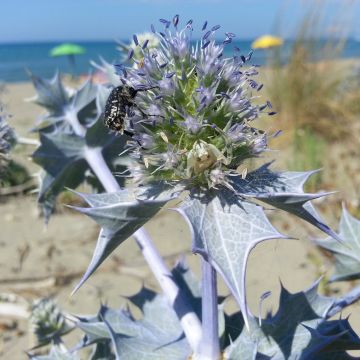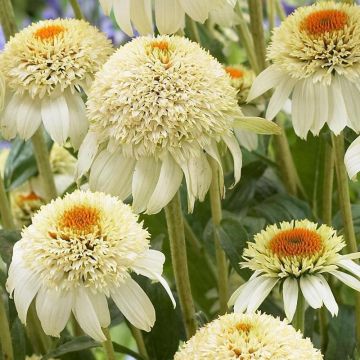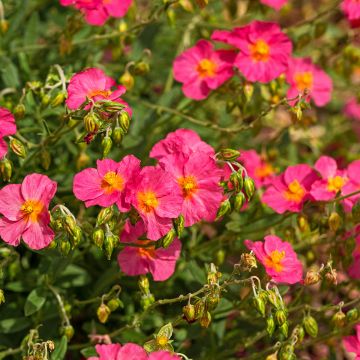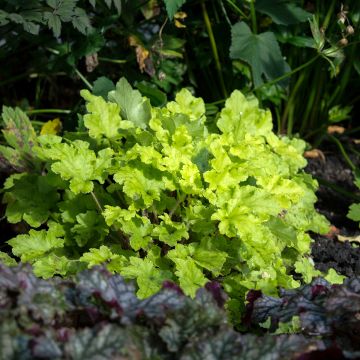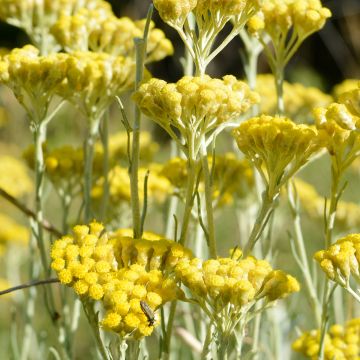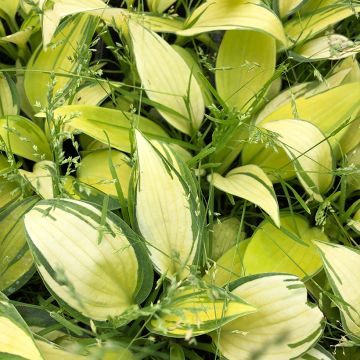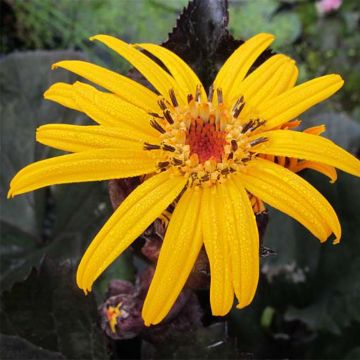

Aster divaricatus Beth Chatto
Aster divaricatus Beth Chatto
Aster divaricatus Beth Chatto
White wood aster, Eastern star, Woodland aster
Lovely young plant, looking forward to seeing how it grows!
Rea, 20/10/2024
Special offer!
Receive a €20 voucher for any order over €90 (excluding delivery costs, credit notes, and plastic-free options)!
1- Add your favorite plants to your cart.
2- Once you have reached €90, confirm your order (you can even choose the delivery date!).
3- As soon as your order is shipped, you will receive an email containing your voucher code, valid for 3 months (90 days).
Your voucher is unique and can only be used once, for any order with a minimum value of €20, excluding delivery costs.
Can be combined with other current offers, non-divisible and non-refundable.
Home or relay delivery (depending on size and destination)
Schedule delivery date,
and select date in basket
This plant carries a 12 months recovery warranty
More information
We guarantee the quality of our plants for a full growing cycle, and will replace at our expense any plant that fails to recover under normal climatic and planting conditions.

Would this plant suit my garden?
Set up your Plantfit profile →
Description
Aster divaricatus 'Beth Chatto', (also known as Eurybia divaricata 'Beth Chatto') is perhaps the best variety of divaricate aster, recently renamed Eurybia divaricata. With a more balanced habit and more floriferous than the wild species, this cultivar tolerates shaded situations just like its ancestor, making it valuable for ornamenting woodland gardens or north or east-facing borders. It quickly forms an elegant ground cover with dark stems and broad olive-green foliage adorned with a thousand small white stars from July to September. It is a hardy and carefree perennial, perfect for wild or low-maintenance gardens.
It belongs to the Asteraceae family. It is native to the Appalachians and clearings in Canada (eastern North America). This deciduous perennial develops from spring and dies down in winter. The 'Beth Chatto' cultivar, selected in England, quickly forms a beautiful, flexible, spreading, and regular clump that will reach 50 to 60cm (20 to 24in) in height when flowering, with a similar spread. The generous and prolonged flowering usually takes place from July to September. The inflorescence is a head with white ligulate peripheral flowers. The central flowers (the heart) are bright yellow. Together, they form delicate clusters composed of countless small stars with very thin "branches" of pure white. This aster develops strong, zig-zag, almost black, branching stems. The leaves are broad at the base, pointed at their tips. They are olive-green, turning more purplish in the sun and towards the end of the season. This plant spreads rapidly through branching rhizomes that elongate and become woody with age.
It is impossible to imagine our gardens without asters. 'Beth Chatto' is charming, unpretentious, and particularly undemanding. It pairs very well with all other plants in beds, in partial shade or in the sun. For example, it can be planted with Japanese anemones or Physalis franchetti, or with another aster that likes woodlands, Aster cordifolius and its cultivars 'Ideal' or 'Little Carlow'. Its knotty, spreading stems make excellent ground covers. This aster will give its best when planted in groups, in large beds at the base of trees or bushes, but can also be planted with other robust shade-loving perennials such as Ligularia dentata 'Desdemona' or Trachystemon orientale.
Aster divaricatus Beth Chatto in pictures
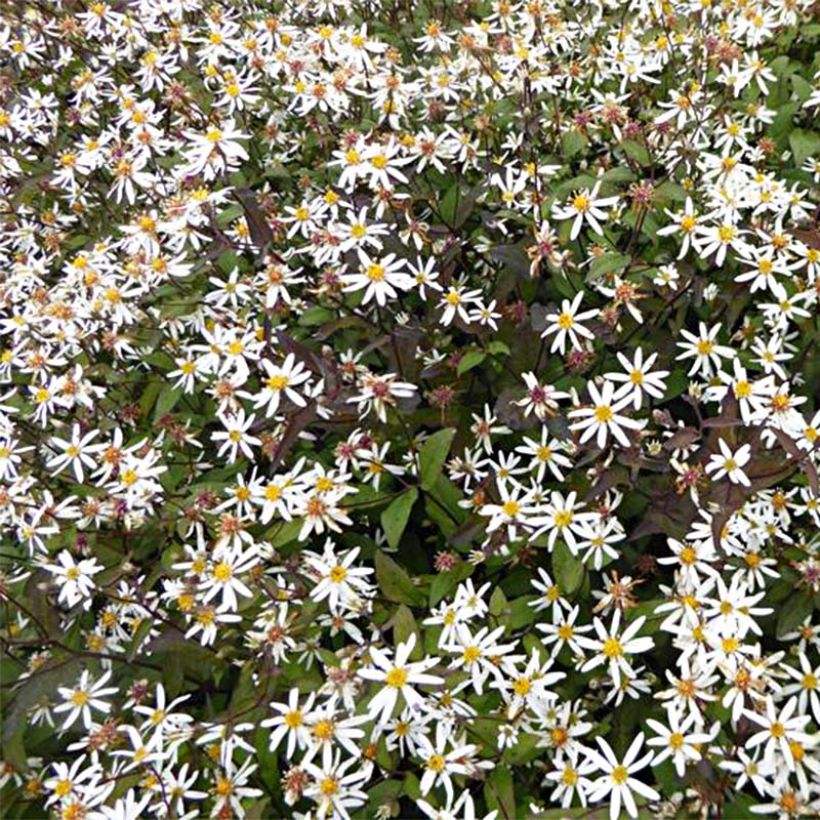

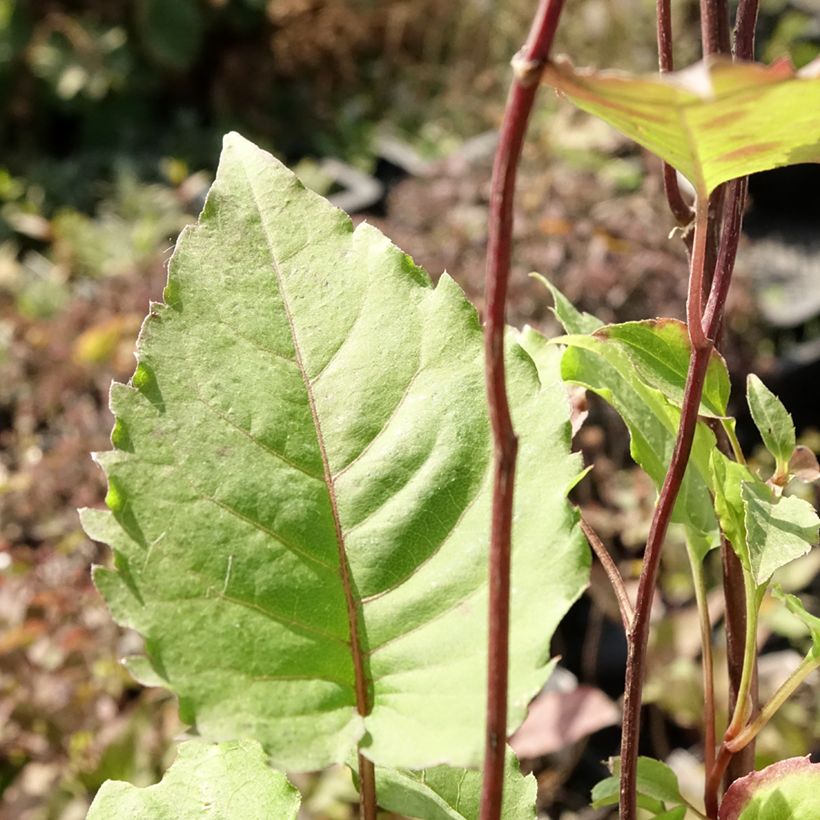

Flowering
Foliage
Plant habit
Botanical data
Aster
divaricatus
Beth Chatto
Asteraceae
White wood aster, Eastern star, Woodland aster
Eurybia divaricata
Cultivar or hybrid
Other Asters
View all →Planting and care
'Beth Chatto' is an accommodating plant. It is resistant to powdery mildew, a common disease in many asters. Plant it in autumn or spring in ordinary, fairly rich soil, with occasional dryness. It prefers partial shade but tolerates full shade. However, it is more floriferous in full sun, as long as it is not scorching. This aster is the only one that thrives near the not too powerful roots of trees and bushes. Avoid strong winds that could flatten the clumps. Once established, it is best not to move it as it does not appreciate changes. In a flower bed, leave at least 50cm (20in) between plants. Divide the clumps every three years to ensure continued floriferousness.
Planting period
Intended location
Care
Planting & care advice
-
, onOrder confirmed
Reply from on Promesse de fleurs
Similar products
Haven't found what you were looking for?
Hardiness is the lowest winter temperature a plant can endure without suffering serious damage or even dying. However, hardiness is affected by location (a sheltered area, such as a patio), protection (winter cover) and soil type (hardiness is improved by well-drained soil).

Photo Sharing Terms & Conditions
In order to encourage gardeners to interact and share their experiences, Promesse de fleurs offers various media enabling content to be uploaded onto its Site - in particular via the ‘Photo sharing’ module.
The User agrees to refrain from:
- Posting any content that is illegal, prejudicial, insulting, racist, inciteful to hatred, revisionist, contrary to public decency, that infringes on privacy or on the privacy rights of third parties, in particular the publicity rights of persons and goods, intellectual property rights, or the right to privacy.
- Submitting content on behalf of a third party;
- Impersonate the identity of a third party and/or publish any personal information about a third party;
In general, the User undertakes to refrain from any unethical behaviour.
All Content (in particular text, comments, files, images, photos, videos, creative works, etc.), which may be subject to property or intellectual property rights, image or other private rights, shall remain the property of the User, subject to the limited rights granted by the terms of the licence granted by Promesse de fleurs as stated below. Users are at liberty to publish or not to publish such Content on the Site, notably via the ‘Photo Sharing’ facility, and accept that this Content shall be made public and freely accessible, notably on the Internet.
Users further acknowledge, undertake to have ,and guarantee that they hold all necessary rights and permissions to publish such material on the Site, in particular with regard to the legislation in force pertaining to any privacy, property, intellectual property, image, or contractual rights, or rights of any other nature. By publishing such Content on the Site, Users acknowledge accepting full liability as publishers of the Content within the meaning of the law, and grant Promesse de fleurs, free of charge, an inclusive, worldwide licence for the said Content for the entire duration of its publication, including all reproduction, representation, up/downloading, displaying, performing, transmission, and storage rights.
Users also grant permission for their name to be linked to the Content and accept that this link may not always be made available.
By engaging in posting material, Users consent to their Content becoming automatically accessible on the Internet, in particular on other sites and/or blogs and/or web pages of the Promesse de fleurs site, including in particular social pages and the Promesse de fleurs catalogue.
Users may secure the removal of entrusted content free of charge by issuing a simple request via our contact form.
The flowering period indicated on our website applies to countries and regions located in USDA zone 8 (France, the United Kingdom, Ireland, the Netherlands, etc.)
It will vary according to where you live:
- In zones 9 to 10 (Italy, Spain, Greece, etc.), flowering will occur about 2 to 4 weeks earlier.
- In zones 6 to 7 (Germany, Poland, Slovenia, and lower mountainous regions), flowering will be delayed by 2 to 3 weeks.
- In zone 5 (Central Europe, Scandinavia), blooming will be delayed by 3 to 5 weeks.
In temperate climates, pruning of spring-flowering shrubs (forsythia, spireas, etc.) should be done just after flowering.
Pruning of summer-flowering shrubs (Indian Lilac, Perovskia, etc.) can be done in winter or spring.
In cold regions as well as with frost-sensitive plants, avoid pruning too early when severe frosts may still occur.
The planting period indicated on our website applies to countries and regions located in USDA zone 8 (France, United Kingdom, Ireland, Netherlands).
It will vary according to where you live:
- In Mediterranean zones (Marseille, Madrid, Milan, etc.), autumn and winter are the best planting periods.
- In continental zones (Strasbourg, Munich, Vienna, etc.), delay planting by 2 to 3 weeks in spring and bring it forward by 2 to 4 weeks in autumn.
- In mountainous regions (the Alps, Pyrenees, Carpathians, etc.), it is best to plant in late spring (May-June) or late summer (August-September).
The harvesting period indicated on our website applies to countries and regions in USDA zone 8 (France, England, Ireland, the Netherlands).
In colder areas (Scandinavia, Poland, Austria...) fruit and vegetable harvests are likely to be delayed by 3-4 weeks.
In warmer areas (Italy, Spain, Greece, etc.), harvesting will probably take place earlier, depending on weather conditions.
The sowing periods indicated on our website apply to countries and regions within USDA Zone 8 (France, UK, Ireland, Netherlands).
In colder areas (Scandinavia, Poland, Austria...), delay any outdoor sowing by 3-4 weeks, or sow under glass.
In warmer climes (Italy, Spain, Greece, etc.), bring outdoor sowing forward by a few weeks.































